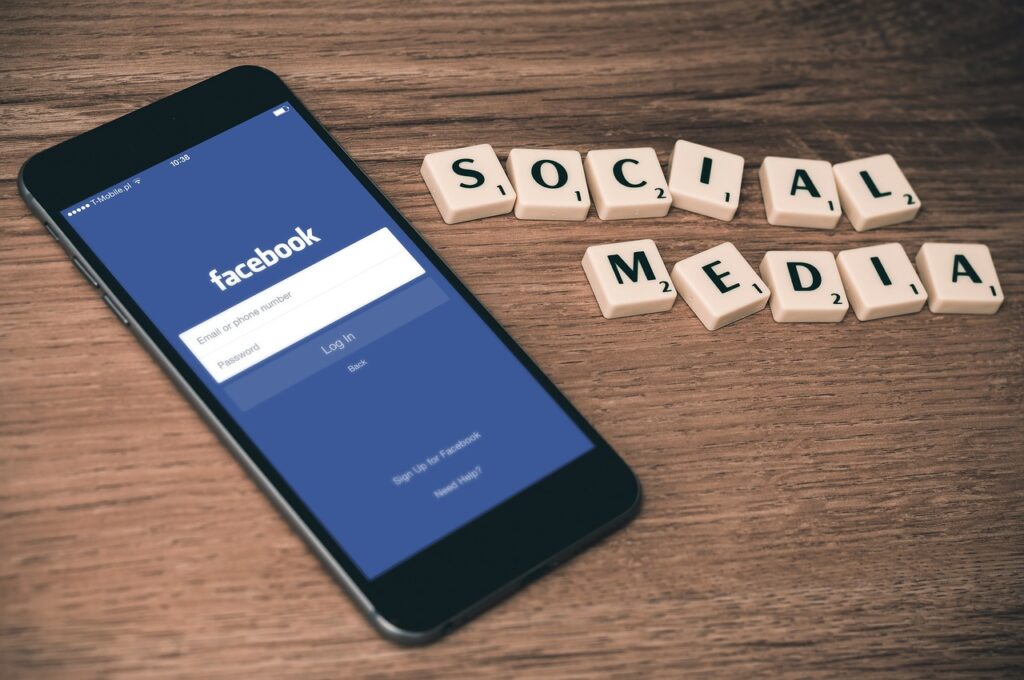At the start of the day, as a parent juggling work and home life, my routine is very similar to many people. Before I start work, urgent emails, messages, and social media advertising are considered and completed.
As a pluralistic counsellor, I regularly fit different therapeutic approaches to suit the needs of my clients. Sometimes if appropriate, this may involve the use of a mobile phone, it is a modern and particle way to journal our thoughts and feelings. The information is kept in a private and secure place where only the individual can view or update their heart felt emotions safely.
Sometimes a collaborative discussion with a client can lead onto asking about how much social media is part of the person’s daily routine? Why? There are many reasons, part of the initial assessment in the first few sessions covers sleeping habits, the person’s support network, their diet and if they enjoy any hobbies or exercise. What they do as a job, plus more. These factors can impact our personal well-being.
We often place social media as part of our relaxation routine or as an enjoyable daily task. If scrolling through posts is your thing, this information can be both insightful but beneficial to decrease any feelings of loneliness, low mood, or a lack of confidence when meeting people face to face.
As humans we thrive on connections with other people, social media can in multiple ways be a quicker option to fulfil some of our needs for companionship. We can catch up with family members living far away or meet new friends with similar interests. It is a useful learning platform and a place of support when travelling to obtain help may be tricky.
If used too much, anyone can feel stressed, suffer from ‘the fear of missing out’ or suffer from excessive sadness. We often forget the posts normally only detail positive highlights of a person’s life, or negative situations to catch the attention of viewers using shock tactics. So, I ask, is this real life? Can the post be misleading or misunderstood? Or is the post only showing one side of a story?
Social media can also be our venue for entertainment, sharing jokes with others or posting music videos or extracts from books. There can be moments of slapstick comedy, romantic proposals, or online trends to encourage us to post a picture of our last day at school, etc. With this information being available at our fingertips at any time of the day and night. It is understandable as to why it is an option some consider whilst awaiting to feel tired enough to sleep or stop moments of boredom when travelling.
As with everything, too much of a good thing is detrimental and when it becomes our full life rather than being part of our lifestyle, most people can see how an addiction may form. Extensive use can lead to emotional isolation, exacerbate depression or anxiety amongst other conditions. Research suggests there can be a strong link to excessive use and self-harm, suicidal thoughts, or low self-esteem. There is no substitute for face to face social interactions with others.
Here are some warning signals which can help identify if somebody is OTT with their social media:
After viewing, having feelings of jealously or a lack of motivation.
Just scrolling without any intention to like a post or share something with others.
Neglecting important everyday tasks, suffering from low or aggressive moods.
Suffering from a lack of interest to meet people face to face or do social activities.
Making a plan to cyberbully someone or having a reduced interest in eating and/or sleeping.
Comparing oneself to others and/or having feelings of inadequacy.
Attention seeking actions or taking part in risky behaviours to gain likes.

